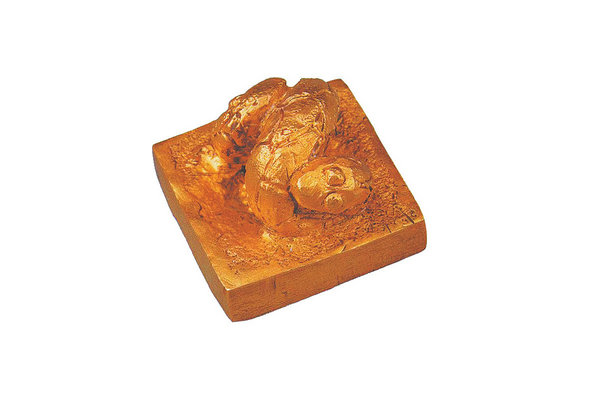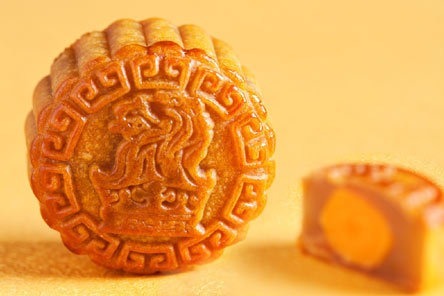Discoveries give the ancient past a future
Seals and wooden slips reveal an elaborate and efficient administrative system, Deng Zhangyu reports in Kunming.


In 1956, a golden seal with a snake-shaped decoration was unearthed from ancient tombs at the Shizhaishan site in Kunming, capital of Yunnan province.
Bearing the inscription "Seal of the King of the Dian Kingdom", the artifact stands as compelling evidence of the ancient Dian Kingdom's existence, a regional state that thrived more than 2,000 years ago on China's southwestern frontier.
The gold seal dating to the Western Han Dynasty (206 BC-AD 24) was granted by Emperor Wu of Han to the King of Dian after the local regime pledged allegiance, according to Western Han Dynasty's historian Sima Qian's Shiji, or Records of the Grand Historian.

For years, the enigmatic southwestern frontier kingdom and its interactions with the central authority of the Western Han Dynasty have been shrouded in mystery, known only through brief mentions in Shiji. However, recent archaeological discoveries at Hebosuo site in Kunming's Jinning district have brought to light the most compelling and detailed physical evidence.
So far, over 2,000 clay seals have been unearthed at the Hebosuo site, revealing more than 10 different official titles. Additionally, more than 50,000 wooden slips have been discovered, which cover a wide range of topics, including official documents, legal papers, household records, postal communications, goods transactions and family property declarations.
There are two notable highlights among the clay seals used to secure documents, much like stamped wax on an envelope. These include the seal of the magistrate of the Yizhou Commandery and the seal of the Dian Kingdom, each bearing distinctive inscriptions.





































